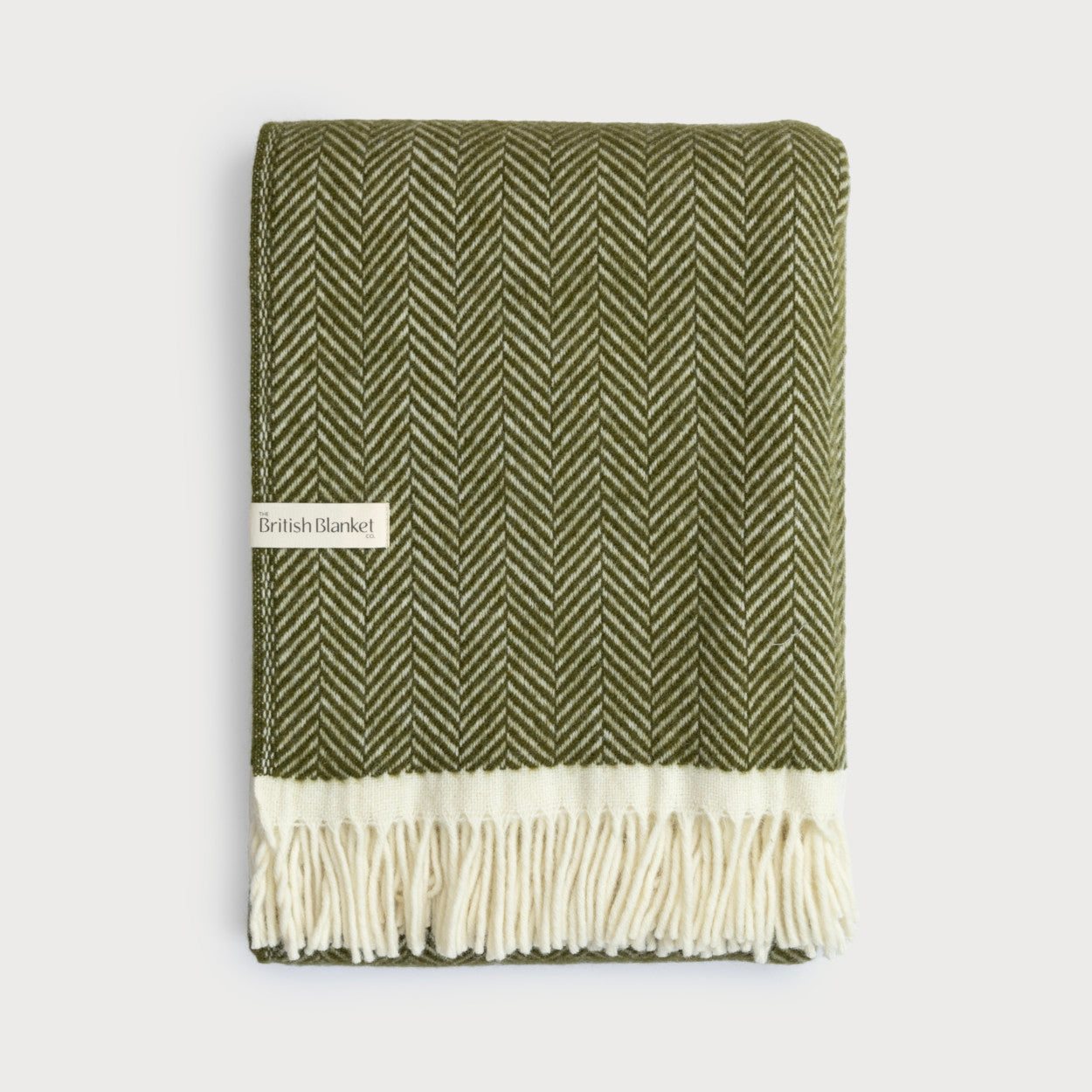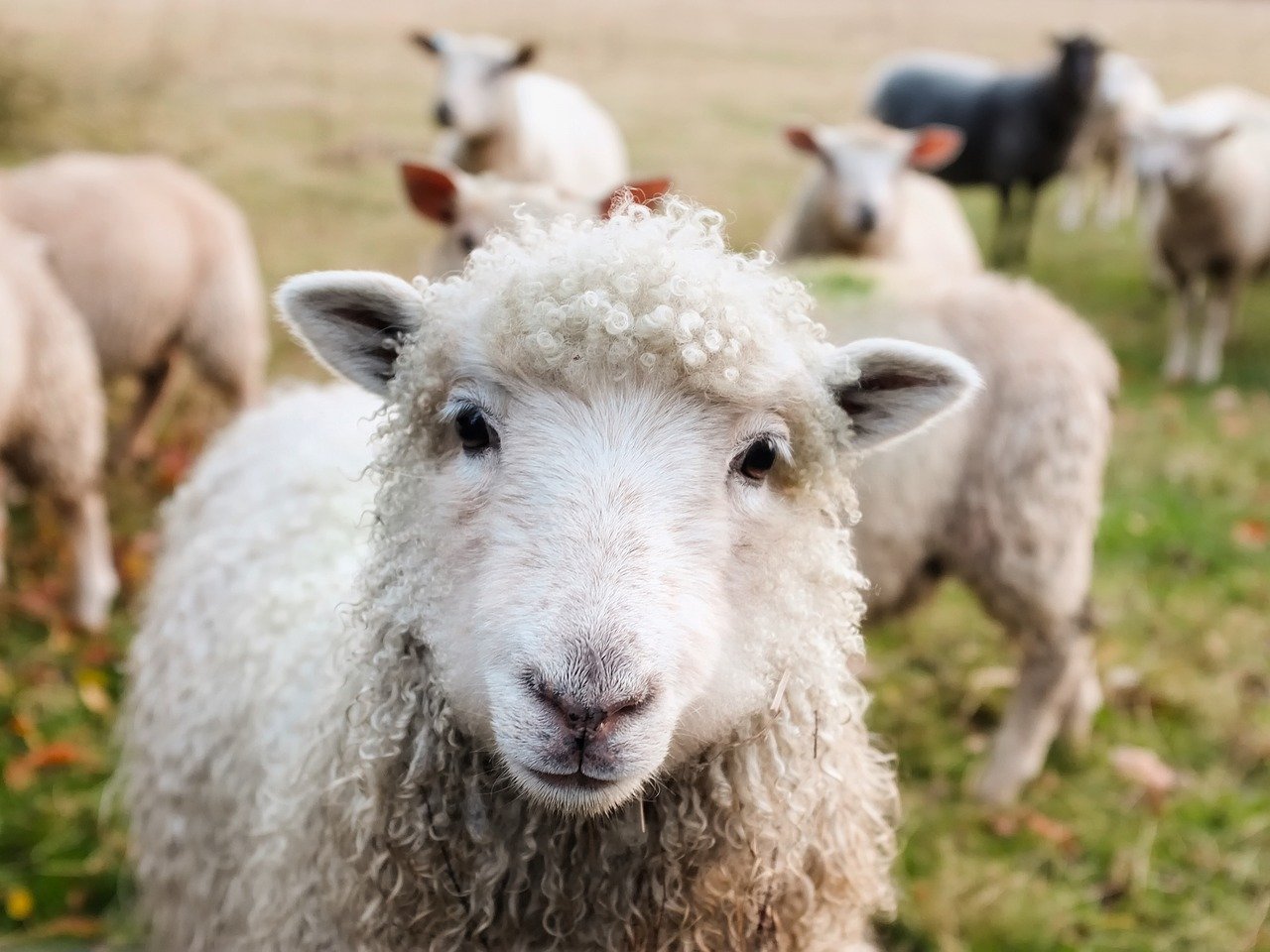Sustainability spotlight: Is wool the fabric of the future?
Wool is sometimes thought of as a traditional or old-fashioned material. Many people associate wool with the hand-knitted jumpers and heavy wool bed blankets of their childhoods. It might come as a surprise to learn that wool is actually one of the best materials to address today’s concerns about climate change the environment. If wool were ‘invented’ it would be hailed as a wonder of modern science!
When it comes to its water consumption, chemical processing and renewability, wool is one of the most sustainable fibres around. In today’s blog, we’ll dig into the reasons why wool is sustainable and ask, could wool be the eco-friendly fabric of the future?

Why is wool sustainable?
- Wool is naturally renewable
- Wool takes minimal water to process
- Wool farming requires few chemicals
- Wool can be ethically farmed
- Wool is recyclable
- Wool is biodegradable
Let's look into the sustainability of wool in more detail...
Wool is naturally renewable
As long as there is grass to graze, a sheep naturally grows a new wool fleece every year. Sheep need their fleece sheared to keep them cool in the summer months and simply grow a new fleece to keep them warm over winter.
You might be wondering, how is wool made? Well, wool is a protein fibre formed in the skin of sheep. Pure wool is completely natural, not man-made.
Wool takes minimal water to process
Wool takes much less water to produce and process than other materials. In fact, it takes 70% less water to make 100 wool blankets vs. 100 cotton blankets.
Wool is also kinder to river and marine environments than synthetic materials, which shed harmful microplastics into water when they are washed. A single polyester fleece top can produce 1,900 microplastic fibres per wash! Any wool fibres that shed during washing biodegrade quickly and completely.
Furthermore, because wool fabrics naturally resist odour by wicking moisture away from the skin, they need to be washed less often than fabrics like cotton and synthetics, which absorb sweat and get smelly. Plus, wool is washed at lower temperatures. Less washing means less water and energy is consumed in caring for wool through its lifetime.

Wool farming requires few chemicals
Cotton blankets are a common choice for people who prefer to use natural fabrics. However, cotton farming places a lot of strain on the biodiversity of environments where it is grown. Cotton plants are highly susceptible to pests and pesticide sprays kill beneficial insects and leech chemicals into watercourses.
By comparison, sheep farming is relatively low impact and few chemicals are used. Light grazing can improve biodiversity and sheep farmers provide valuable stewardship of large areas of semi-natural landscapes. In remote and mountainous areas, sheep grazing is often the only economically viable use for the land.
If you'd like to know more, we've got a more in depth blog about wool vs cotton blankets.
Wool can be ethically farmed
Sheep don’t respond well in intensive farming set-ups, so they spend most of their lives roaming freely outside. Their warm wool means they can live comfortably in remote environments, with little intervention from farmers.
Sheep need to be sheared annually to remove their wool and keep them cool in the summer months. A skilled shearer can shear a sheep in less than two minutes without touching the skin. Unlike fur farming, taking wool from a sheep causes no harm.
Thankfully, mulesing is now banned or being phased out in most countries, so merino sheep are no longer subjected to this painful practice. Here at The British Blanket Company, we only source yarn for our merino wool blankets from countries with high animal welfare standards and where mulesing is already banned.

Wool is recyclable
Wool is a naturally durable fibre and wool products last a long time. Research shows that woollen garments and blankets have the potential to last 20-30 years when properly cared for. Taking pre-loved wool clothing to the charity shop is recycling in its purest form!
Wool yarn is also readily recyclable. Although recycling might seem like a modern practice, wool recycling in England can be traced back to the early 1800s. Wool rags were collected, shredded and re-spun into a rough recycled yarn called “shoddy”, which is where the word derives.
Today, wool recycling processes are more sophisticated and recycled wool yarn can be made into good quality wool clothing, recycled wool blankets and other items.
Wool is biodegradable
Products made from synthetic fibres can take 30 – 40 years to degrade, while wool degrades in under a year. This is because wool is made of keratin, a natural protein which can be broken down naturally without causing an environmental hazard.
Natural fibres biodegrade naturally in soils and aquatic systems, so they don’t accumulate in landfill and oceans. As wool decomposes, it actually releases beneficial nutrients back into the soil.
When asking questions about sustainability the answers are never clear cut and there are pros and cons to all fabrics. As we’ve explored, there are many good reasons why wool is a more eco-friendly than other fabrics, particularly cotton and synthetics. The natural properties of wool and its low environmental impact make it our favourite choice to weave our British-made wool blankets. Not to mention, wool is naturally warm, soft and beautiful! To see our full collection of wool blankets visit The British Blanket Company online shop.














